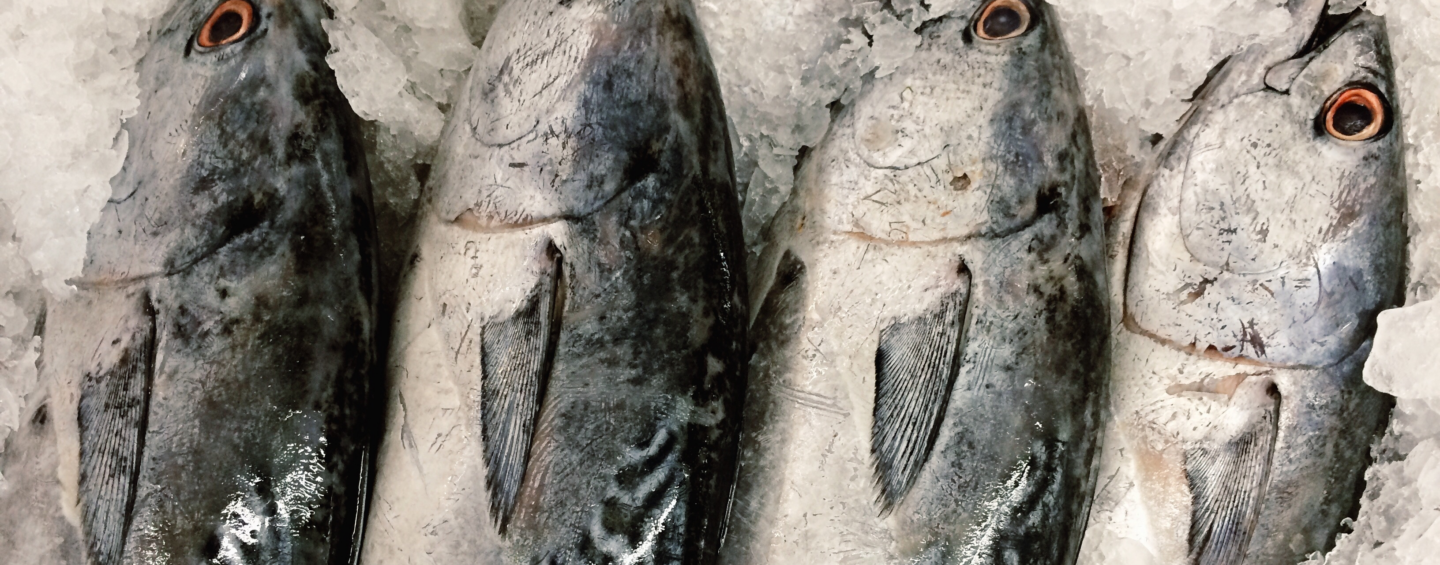This week, SFP released its second Target 75 sector report, this one covering the global fresh and frozen tuna sector. Like the squid report that came before it, this report and others coming soon over the next couple of months will discuss possible areas of focus for future improvement.
As SFP’s lead on the Global Fresh and Frozen Yellowfin and Bigeye Tuna Supply Chain Roundtable (SR), I’ve been able to work with some of the leading industrial stakeholders regarding tuna, and I’m looking forward to seeing the sector achieve its T75 goals.
The report’s suggestions include the establishing of national fishery improvement projects (FIPs) for countries such as Sri Lanka and Indonesia, and I’m happy to say we’re already making some headway in that direction. At Seafood Expo Global in Brussels last year, the Seafood Exporters Association of Sri Lanka and the country’s Ministry of Fisheries jointly announced their interest in creating a FIP for its tuna and billfish fisheries.
In Indonesia, we’re beginning work on a national or large-scale tuna FIP. The FIP will follow the process developed in the Project Inshore and Project UK models and will be a pilot project to test proof of concept for tuna. Indonesia is one of the largest producers of tuna, with the majority caught within its Exclusive Economic Zone (EEZ). The first step of our pilot will entail mapping the tuna fisheries within the “unit of assessment” (i.e., Indonesia EEZ). Subsequent steps would include assessing the environmental performance of the mapped fisheries (using the MSC pre-assessment) and using the results to develop actions plans to initiate FIPs.
Many initiatives are already ongoing in Indonesia so it is imperative that we work closely with colleagues and organizations to avoid duplication and maximize positive results. If the pilot is a success we will be looking at repeating elsewhere – perhaps on a larger scale.
Target 75 provides us with a challenging goal for fresh and frozen tuna fisheries and we believe it can only be achieved if we adopt a national or large-scale FIP strategy rather than continue with an inefficient fishery-by-fishery approach.

